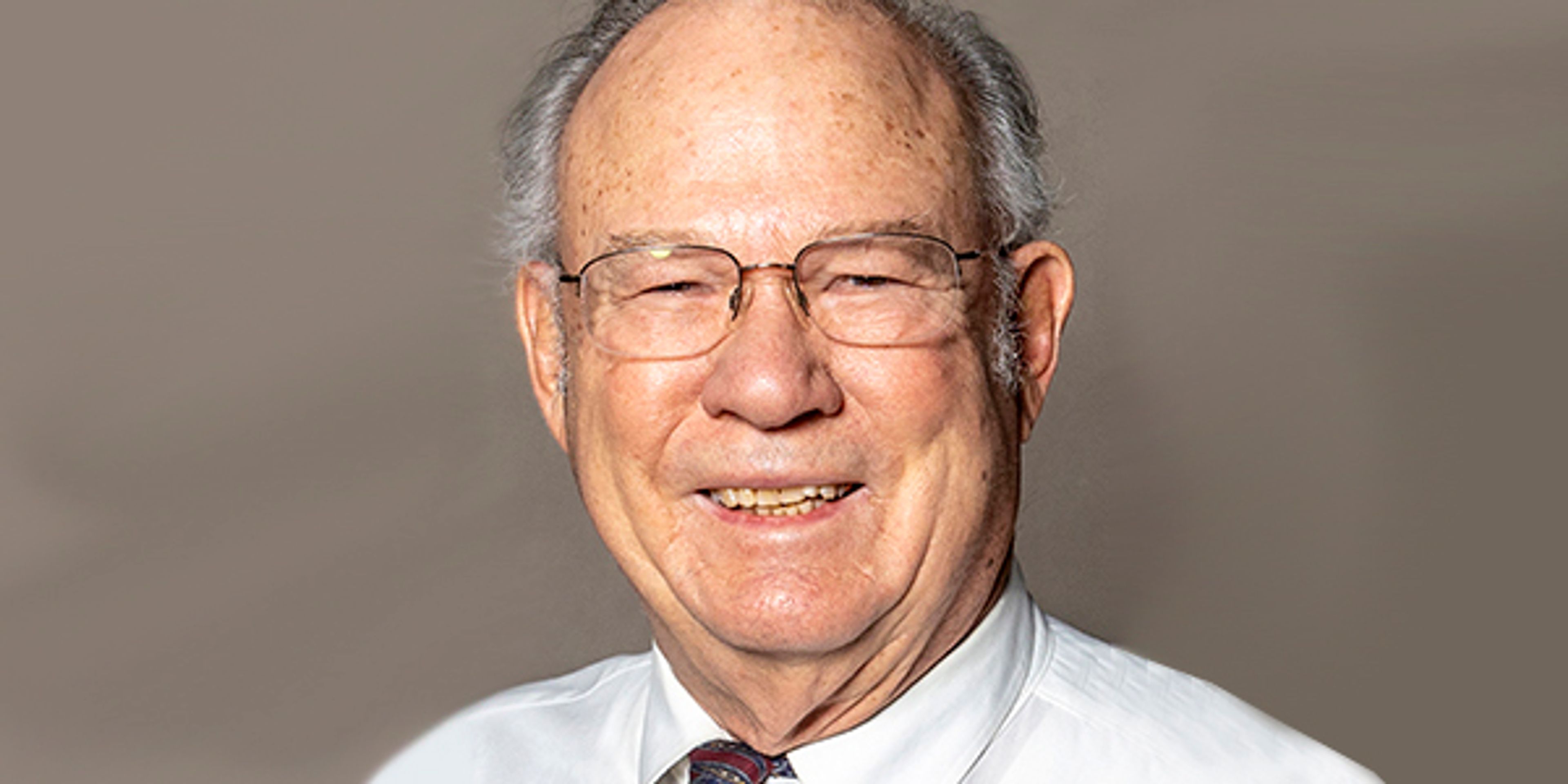OPINION: How drunk driving became a capital offense
Editorial: The Tribune’s Opinion
When Milo Warnock’s name and picture appeared in a Christmas Eve Lewiston Tribune obituary, he became a symbol of what happens to people without the money or influence to avoid falling through the cracks of Idaho’s criminal justice system.
The 45-year-old Lewiston native and Boise resident was beaten to death in his cell two weeks earlier at the Idaho State Correctional Center.
A joint investigation conducted by the Lewiston Tribune’s Kaylee Brewster and Teddy Feinberg of the Idaho Press bored into this question: How does a man convicted of driving under the influence one too many times end up serving a death sentence?
Start with his circumstances. Warnock suffered from depression, bipolar disorder and alcoholism. But he lived in a state where the people with such needs often wind up not in treatment, but in prison.
By the time he was arrested on his third drunken driving offense in 2021, Warnock was staring at a felony conviction. Never mind plenty of people facing the same allegation can, provided with the right lawyers and connections, plea bargain the offense down to a hefty misdemeanor and a short jail term with work release.
Warnock was referred to the judicial system, where he seemed an ideal candidate for the mental health court. His case disposition delayed two years, Warnock remained alcohol-free and relied on a bicycle to avoid driving. His employers were willing to accommodate a work release arrangement.
But a flat bicycle tire in one instance and a misunderstanding about paperwork in another caused Warnock to arrive late to his court appointments.
That put him squarely in the jaws of the criminal courts.
Here again, the system operated on its own terms, not Warnock’s.
Many first-time felons, especially those convicted of a nonviolent offense, are offered a 120-day retained jurisdiction, known as a “rider,” at a minimum-security facility. If they obey the rules, they’re placed on probation.
Instead, on July 23, 4th District Court Judge Peter Barton imposed a minimum two-year sentence. It became Warnock’s entry to a system built on following the book — and imposing harsh penalties for deviations, regardless of the reasons.
In Warnock’s case, that involved his use of Effexor, an antidepressant drug that he had been taking for years with breakfast. Prison officials dispensed the medication at night. The pills had the effect of keeping Warnock awake. But because the prison system discontinued the method for Warnock to file his requested change in his prescription schedule, he “cheeked” the pills and then took them in the morning. “Cheeking” can be a serious problem if inmates stockpile or sell their drugs to others. But when prison officials found Warnock’s prescription during a search of his cell, they didn’t look into his motives.
They placed him in solitary confinement for seven days — hardly an appropriate remedy for a man suffering from depression and bipolar disorder — and then punished this vulnerable inmate by throwing him into the correctional center’s maximum security unit.
Once there, Warnock was assigned a cellmate with a history of infractions, including physical altercations.
Roughly 90 days after Warnock was placed in the maximum security unit, he was dead of blunt force trauma to the head. His family identified the suspect as James Michael Johnson, but state officials have said only that a criminal investigation is underway.
Nor was this the only incident at the facility. Months earlier, inmate Junior Garcia was murdered. Two inmates have been charged. Meanwhile, two weeks after Warnock’s death, a fight involving 31 inmates broke out at the maximum security institution’s day room and recreation yard.
Murders and riots are the most serious events that can occur within a prison. And what has been the Department of Correction’s response?
There’s been no assurance to the public that the agency intends to engage in a critical incident review to determine what mistakes it made and how to avoid repeating them in the future.
Instead, what Brewster and Feinberg got was a series of statements from the correctional center’s warden Randy Valley that was long on rationalizations and rather short on self-rebukes:
“You’re talking about residents, some of which struggle with coping skills and impulsivity and those sorts of things,” Valley said. “This is a community with 2,100 grown men that all reside, work and live here. And any community with 2,100 residents, you’re going to have crime. You’re going to have theft, you’re going to have drug use, you’re going to have violence.
“And you’re going to have different communities, people who associate with different groups and organizations. Different education levels and different backgrounds. We do our best, just like any other city does, to maintain a positive, opportunity-laden city. We want our citizens to live a happy life while they’re here, as much as they can. And we want to see them be successful. And you manage the rest of it the best you can. But a vast majority of the population here, they have the same goal.”
That ignores the obvious: In any city, a resident is free to leave. An inmate is in state custody. And while in custody, his safety and health are the responsibility of the state.
The fact is if any county jail saw two of its inmates murdered while another 31 engaged in a melee, the county sheriff would not even dare to minimize his obligation toward those inmates. The voters would call him on the carpet.
But allow Warnock’s parents, Kathy and Mike Warnock, of Clarkston, and his sister, Hallie Johnson, of Seattle, the final word.
“Milo was a good-hearted, non-violent person who died as the result of a tragic, senseless assault,” they wrote in that Christmas Eve obituary. “In his memory, please support justice, corrections and mental health reform.”
In Warnock’s case, the state was in short supply of each. — M.T.








